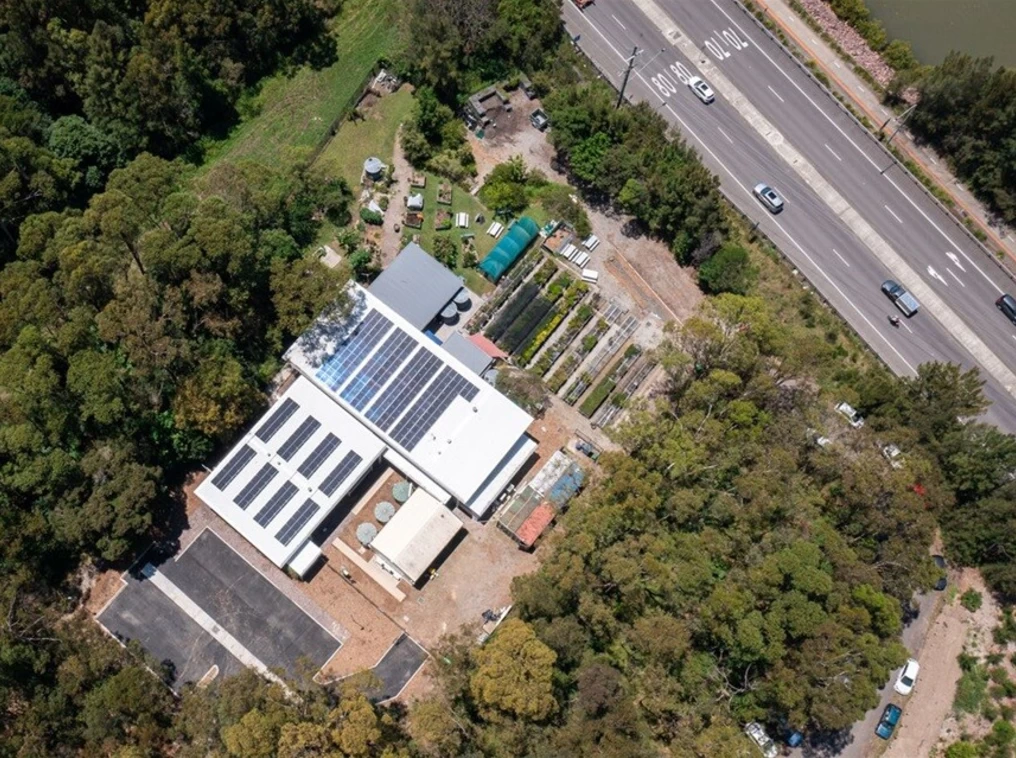Native bees - Belmont Neighbourhood Community Garden
The local habitat in Belmont, despite a recent battering from the storms, is lush and abundant in food. The well established permaculture gardens are a wonderful example of a community program that continues to grow and inspire others. Volunteers attend at least 2 days per week each, planting, weeding and taking home the spoils of their labour. Most of them are new to gardening and are on a real learning curve. For some of them this community volunteer position is a way back to work after illness or other events. One volunteer, their knowledge guru, comes everyday just because it's what he loves and he feels he has become a better person for it. The power of the humble garden!

The macadamia wasn't exactly putting on a bumper harvest. It turns out there simply wasn't enough of the right bees about to pollinate the flowers. Native bees in a special box hive were brought in and positioned for summer shade and winter sun. These busy bees produce 1-3 kg honey per yr, harvested yearly by splitting a strong hive. If a hive isn't going well the bees will swarm and search for a new one. The bees guards kick out these invaders from their hive and fight to the death. If you find dead bees at the entrance of your hive you'll know there's been drama. There are may species of native Australian bees. Some are solitary, there are only two available for use in a home hive which are chosen based on your location. That macadamia produced a lovely crop since the bees moved in.
Out the back is a compost factory. Mower contractors drop in their lawn cuttings which makes a high nitrogen fertiliser for vegetables. Their compost is best applied by mixing in with the soil as it is low in carbon (the dry brown ingredients that go into compost), which makes it unsuitable for fruit trees.

CHRIS'S TOP PLANTS FOR YOUR GARDEN:
Comfrey is found everywhere here. They use it as a liquid fertilizer made by soaking in a barrel of water and filtering into water cans. Comfrey grows in a swale system to absorb nutrients from run off and is propagated by splitting every six months.
Arrowroot: used as a windbreak, and chop and drop as mulch. Plus the tubers are edible.
Local Acacias: excellent frost protection for tender vegetables.
Grasses: They have low nutrient requirements. Sugarcane can be harvested at 3 m tall, to make brown sugar boil, use as mulch and high carbon fixture. Lemongrass makes excellent mulch














